
Not all insects are created equal. Some bugs, such as aphids and snails, think of your garden plants as dinner – they’re the bad guys; the enemy. The other guys are known as the “beneficial insects,” and they’re your cavalry. The beneficials do a bang up job balancing out the potential damage that the bad guys wreak on vegetables, fruits and other desirable plants.
Beneficial insects are a major ingredient to making it possible for you to garden organically. Organic gardening lets you toss the poisons in your garage and gives you room for some really cool and useful things, like your old VCR, George Foreman Grill, and Soloflex machine.
There are two groups of beneficial insects. The first group is the predators, who carry the heavy artillery. The second group is the pollinators, the ones who make the garden bloom and produce. Ideally, you’d like to attract as many from both of these groups as you can.
Two things come to mind here. First, you need to be able to recognize the cavalry, so you don’t inadvertently squash your own troops. Second, it makes sense to invite as many beneficial insects as possible into your garden or yard.
Recognize Team Players
Learn to recognize your creatures, dudes. Nothing book-worthy; there’s no quiz. Just memorize the locals. If you really have no idea what the heck your little insect is, catch it in a jar. Bring it on down to your local nursery for proper identification. You were probably going down there anyway to grab some of those heirloom tomato plants.
It’s amazing how many good guys we aren’t familiar with. For instance, most people are very familiar with ladybugs. Ladybugs are clearly part of the cavalry (I mean, look how cute they are). These cheery-looking beetles will eat about 50 aphids a day, munching on plant mites and scales, as well. But have you met the ladybugs’ children? If you didn’t shudder when I asked that, then you haven’t.
I like having a Mac’s Field Guide bug identification page hanging around just for those situations. It’s available through Amazon.com and is laminated, so you can throw it just about anywhere. On one side you’ll find the good garden bugs and on the flip side the bad ones. It tells you where you’ll find both types of bugs as well as which plant whets their appetite.
The Art of Seduction
The garden is nothing if it isn’t about sex (bet you didn’t see that coming). It’s all about sex, if you think about it. Everything needs to procreate to stay in existence – plants included. Plants need to be pollinated in order to set fruit and the fruit is carrying their seed. The seeds scattered all over the ground ensures that the species is planted to grow another day. The problem is plants aren’t equipped to go out, club a mate over the head, and drag it into the proverbial cave, so they rely on seduction.
Like everything, even plants can be provacative for different reasons. They all bring their own little somethin’ to the table. Some have a show of bright flowers that transfixes bees. Some ooze strong nectars that make butterflies and birds drunk with happiness. Still others produce so much pollen that when the wind blows by the neighbor next door becomes pollinated immediately.
In any case, your job – as matchmaker to your garden and its would-be suitors – is to lend a romantic hand where you can. You get to light the candles, play the music, and pour the wine, by planting flowering plants that are rich in pollen and nectar.
Some Very Sexy Plants
I thought I’d throw a couple of plant ideas out there in case you’re not familiar with what is sexy to beneficial insects. Of course, you should gather information in your specific area for the most attractive plants in your community.
- Lavender (Lavendula augustifolia)
- Thyme (Thymus spp.)
- Alyssum (Lobularia spp.)
- Lovage (Levisticum officinale)
- Rudbekia (Rudbeckia spp.)
- Bee Balm (Monarda spp.)
- Cosmos (Cosmos spp.)
- Sedum (Sedum spp.)Marigold (Tagates spp.)
- Tansy (Tanacetum vulgare)
- Queen Anne’s Lace (Ammi majus)
- Yarrow (Acheillea filipendulina)
- Goldenrod (Solidao californica)
Fine Gardening Recommended Products

Attracting Beneficial Bugs to Your Garden, Revised and Updated Second Edition: A Natural Approach to Pest Control
Fine Gardening receives a commission for items purchased through links on this site, including Amazon Associates and other affiliate advertising programs.

SHOWA Atlas 370B Nitrile Palm Coating Gloves, Black, Medium (Pack of 12 Pairs)
Fine Gardening receives a commission for items purchased through links on this site, including Amazon Associates and other affiliate advertising programs.
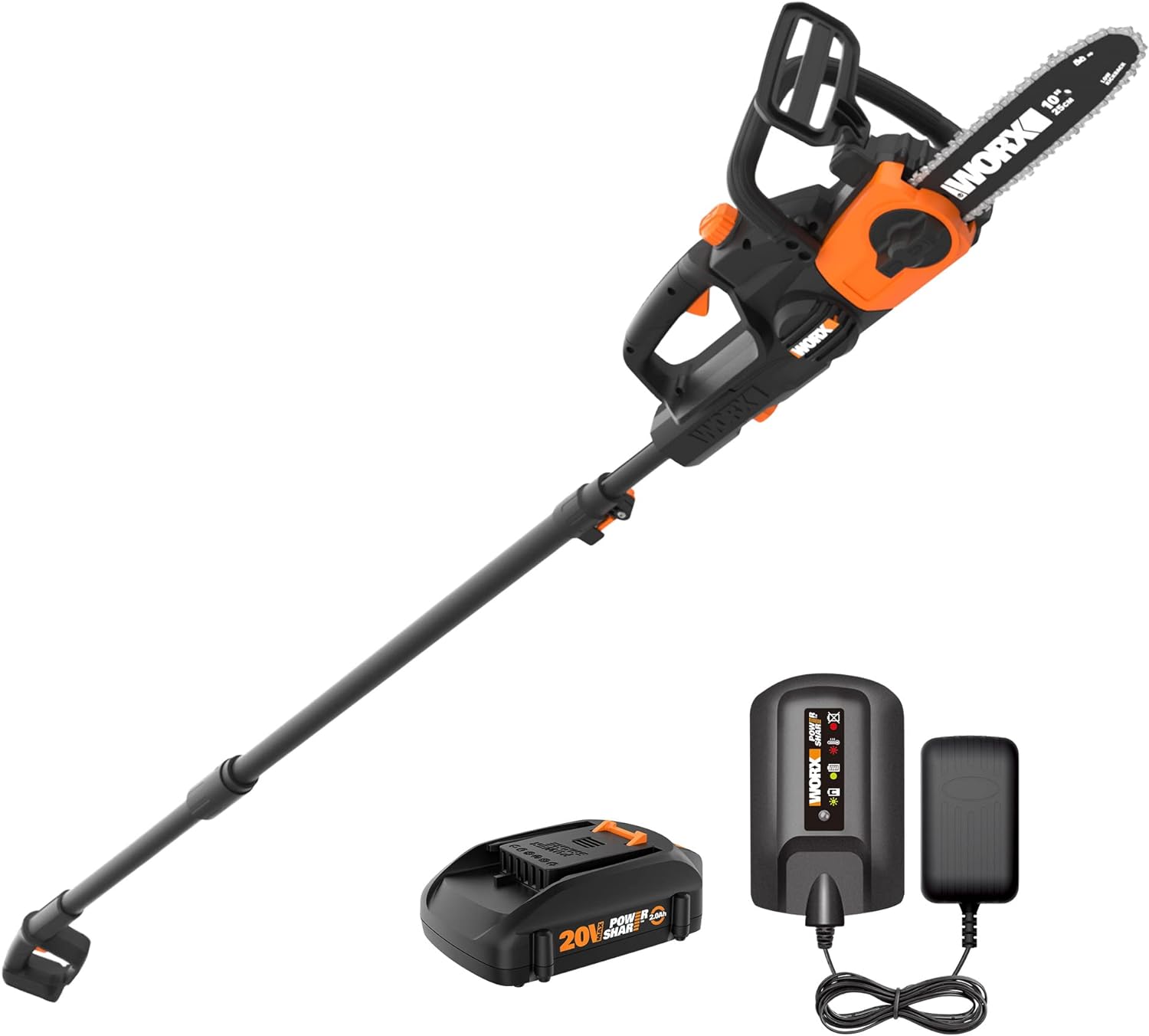
Fine Gardening receives a commission for items purchased through links on this site, including Amazon Associates and other affiliate advertising programs.


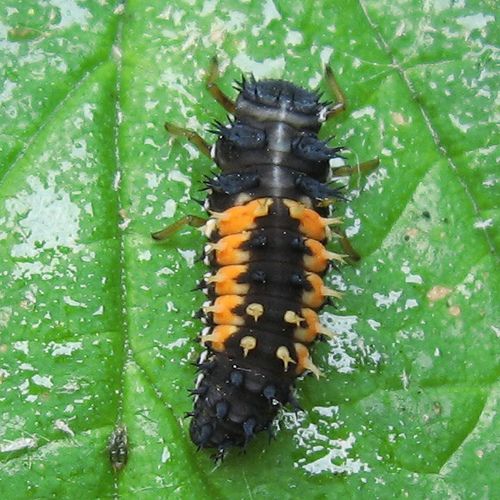
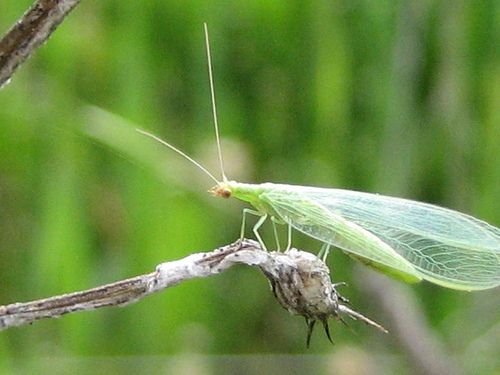
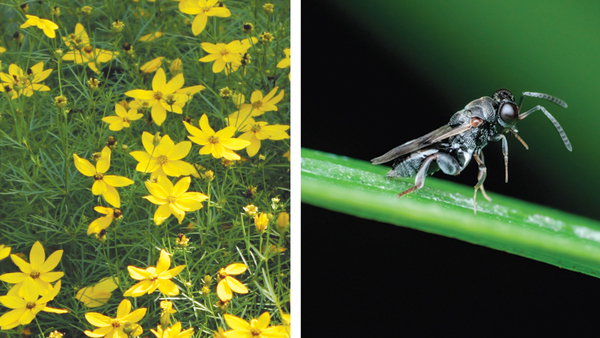


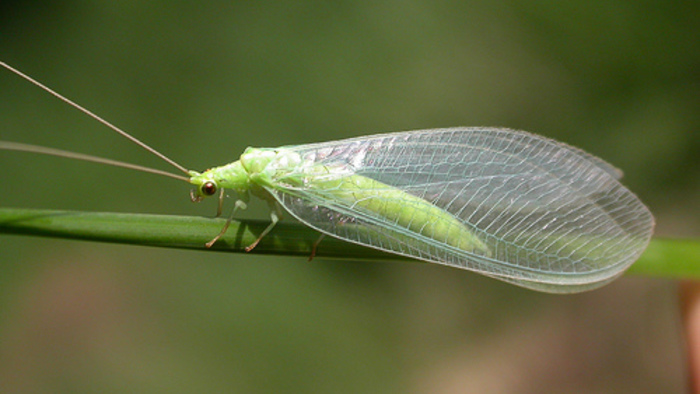













Comments
Log in or create an account to post a comment.
Sign up Log in